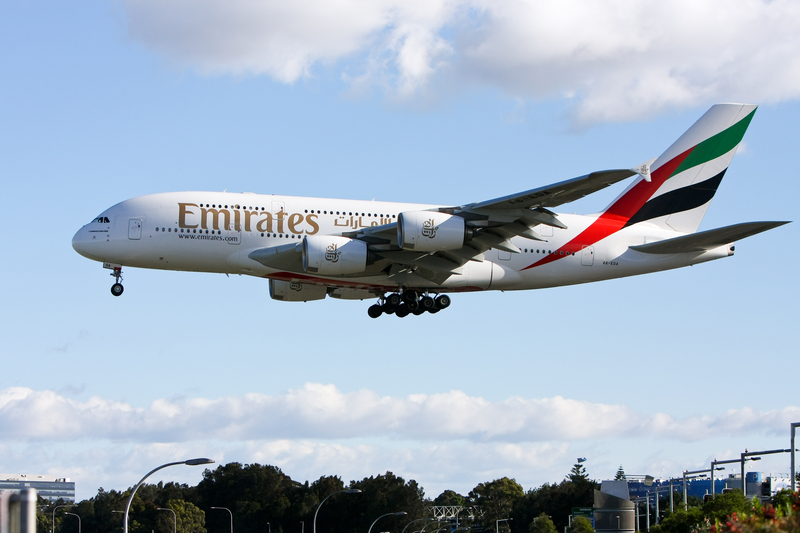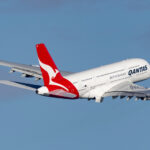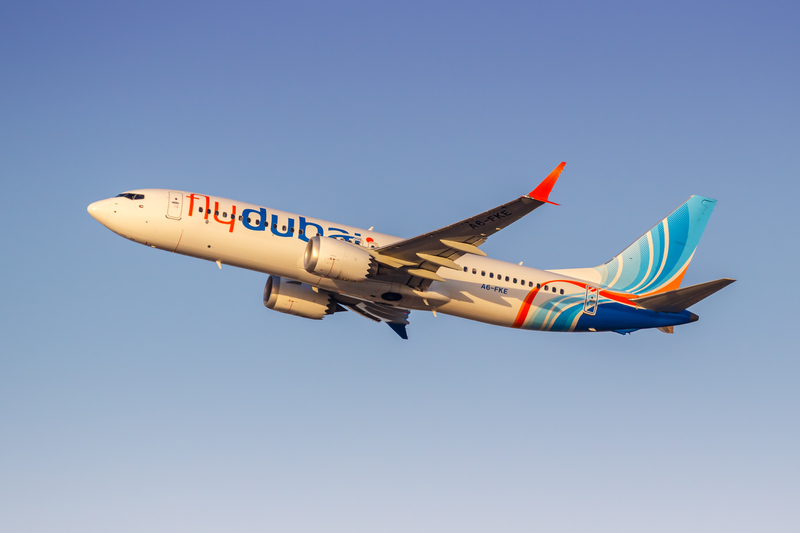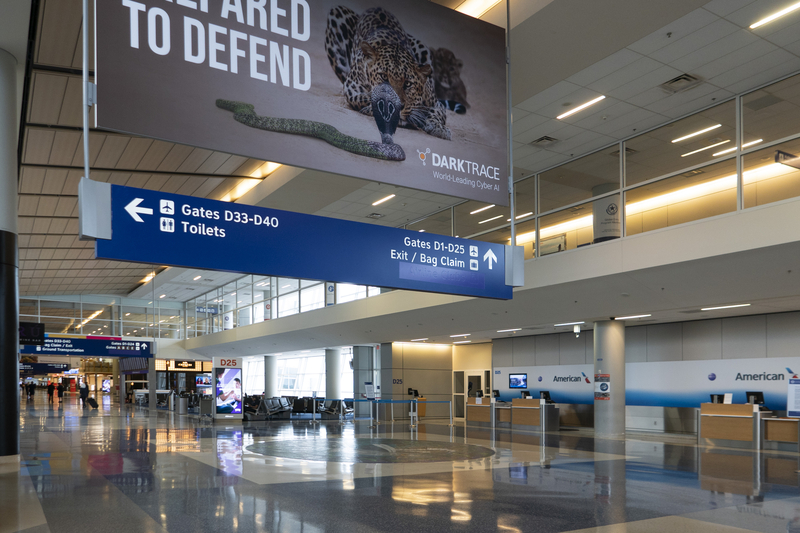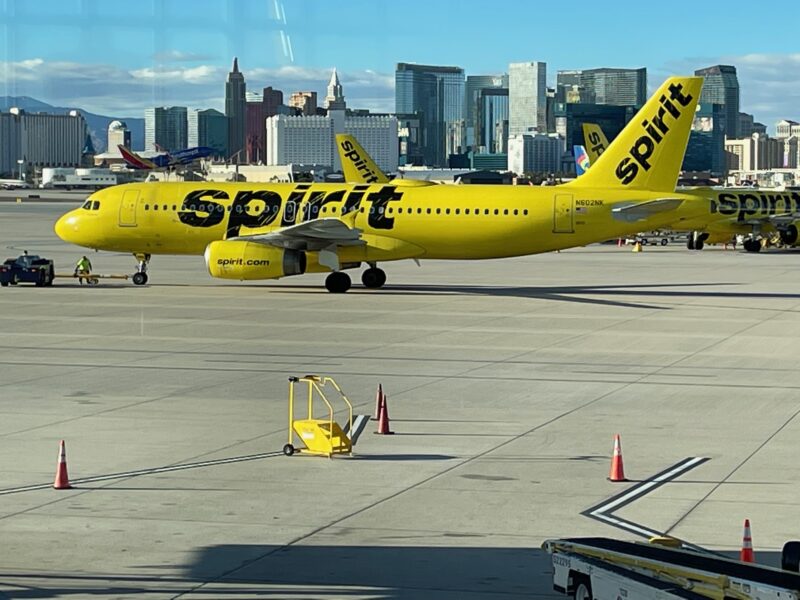Emirates Signals The A380 Will Stay In Service Well Into The 2040s
Emirates and the Airbus A380 are practically inseparable. The superjumbo didn’t just give the Dubai-based airline a flagship aircraft — it gave it a symbol. The A380’s sheer scale let Emirates pour capacity into its hub, build banks of global connections, and turn Dubai into one of the most important transit points in aviation. For years, the airline has talked about retiring the type around 2040. Now, that timeline is stretching further, and the A380 looks set to remain part of Emirates’ identity for longer than anyone expected.
Emirates Is No Longer Planning A 2040 Exit
The clearest signal comes from a new maintenance agreement with Rolls-Royce covering the Trent 900 engines that power Emirates’ A380s. Heavy, long-term engine overhaul commitments don’t happen if an airline is preparing to wind a fleet down quickly. Alongside the deal, Emirates has indicated it expects to keep operating the A380 “into the 2040s,” not merely up to 2040.
That might sound like a small wording shift, but it’s not. Emirates is effectively saying the aircraft has earned extra years of relevance. Since the last A380 was delivered in 2021, even the youngest examples will be in their twenties by the time the airline finally stands them down — a service life that’s now starting to look more like the norm than an exception.
Why The Retirement Clock Keeps Moving
Emirates once floated an A380 retirement window closer to the mid-2030s. The reality changed for two big reasons. First, Airbus ended production in 2021, which forced Emirates to rethink long-term fleet planning without any chance of new aircraft later. Second, the airline’s expected successor fleet hasn’t arrived on time.
The Boeing 777X delays matter here. Emirates has built much of its replacement strategy around that program. But when a new generation aircraft slips year after year, you don’t scrap your largest workhorse early. You keep it flying, fix what needs fixing, and squeeze more value out of what you already own.
Emirates Still Sees The A380 As Worth Investing In
This isn’t an airline simply hanging on to old jets because it has no choice. Emirates is actively spending to keep the A380 competitive. Cabin retrofits are rolling through the fleet with refreshed interiors and a growing Premium Economy footprint. Business class seats are being upgraded, and leadership has even hinted that first class could see a future refresh as well.
The airline has also become faster at putting aircraft through these deep overhauls, shrinking downtime from weeks into just over two. That matters because every A380 grounded for modification is a massive chunk of capacity temporarily removed from the network. Emirates wouldn’t be sharpening the process if it viewed the aircraft as a short-term stopgap.
Some A380s Will Still Retire Earlier
“Into the 2040s” doesn’t mean every A380 survives to the end of that decade. Emirates is expected to start withdrawing some aircraft in the early-to-mid 2030s. Those early retirees will likely become donor aircraft — stripped for parts to keep the remaining fleet healthy and cost-effective.
That staged wind-down approach is common for large fleets, especially for aircraft no longer in production. It lets Emirates maintain scale while avoiding the spiraling costs that come with running a smaller, unsupported sub-fleet.
Replacing The A380 Will Take A Lot Of Airplanes
Even with the A380 staying longer, replacement pressure hasn’t gone away. No passenger aircraft currently in production matches the A380’s capacity. So whenever Emirates does start shrinking the fleet in earnest, it will need a lot of new frames to fill that gap.
That’s why the airline has stacked its order book with hundreds of widebodies across Airbus and Boeing. The A350-900 is already entering service and provides efficient long-haul lift at smaller scale. The 787s add flexibility to thinner routes. The 777X is meant to become the main high-capacity backbone — if it arrives. Emirates also continues to push for a stretched 777 variant to deliver something closer to superjumbo economics, though that remains more aspiration than certainty.
What Emirates Loses When The A380 Finally Goes
Whenever the A380 does exit, Emirates will lose more than seats. The aircraft is a branding engine. People associate Emirates with the A380’s onboard bar and first-class shower even if they’ve never experienced either. Those signature spaces create a halo effect that has elevated the airline’s reputation across every cabin.
It’s fair to say that the A380 even softened perceptions of weaker products elsewhere in the fleet. Emirates’ older 777 business class, for example, lagged well behind the global curve for years. The A380’s glamour kept the brand narrative intact regardless.
Without the A380, Emirates will need to recreate that sense of “only us” in a different way — either through new aircraft interiors, bold cabin concepts on the 777X, or something entirely fresh. It can absolutely remain a top-tier airline without the superjumbo, but it will feel different.
Bottom Line
Emirates is effectively extending the A380 era. A major engine overhaul agreement and explicit messaging about flying the type “into the 2040s” show that retirement plans are no longer locked to a 2040 finish line. Some aircraft will still leave earlier, but the fleet as a whole is gaining meaningful extra life.
This is partly about necessity, given replacement delays, but it’s also about strategy. Emirates knows the A380 still earns its keep — operationally and as a brand icon. And as long as demand stays strong and the airline’s growth engine keeps running, the superjumbo will remain a familiar sight over Dubai for years to come.
